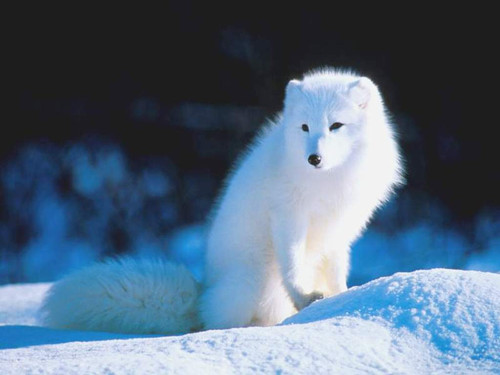Rice straw and mushroom residue fertilised field
Around the National Day, it should be a slack season, but in Nanshe Edible Mushroom production Co-operative, Langxia Town, Jinshan District, Shanghai, it is busy: some farmers crush cow dung on the yard, some are sprinkling water on piles of straw, and they spread the river mud from the big river and small creek on the mushroom bed. Xia Jieming, head of the Nanshe Cooperative, told reporters that his cooperative has planted 100000 square feet of mushrooms this year and can produce more than 100 tons of mushrooms per year.
When the reporter came to the mushroom bed where the mushroom culture material was stacked, Xia Jieming said: "the mushroom culture material is the material basis of mushroom mycelium and growth." The culture material is mainly made of wet straw, a layer of straw and a layer of cow dung, plus rapeseed cake, gypsum, urea and so on. About 3.5 kilograms of straw are used per square foot of mushroom bed, which is the main raw material for mushroom production. " The expert who has been growing mushrooms for many years seems to have a soft spot for the use of straw. The reporter calculates that this mushroom production base grows mushrooms of 100000 square feet. Calculated on the basis of 3.5kg of straw per square foot, 350000 kg of straw is needed. Now, generally speaking, about 300kg of straw is produced per mu of rice field. The Nanshe cooperative alone consumes about 1000 mu of straw.
In recent years, after the autumn harvest in rural areas, straw becomes waste, and farmers burn it, but it affects the environment. Now in Langxia town, straw has become the wealth of farmers. A person in charge of the town told the reporter that there are more than 60 mushroom growers in Langxia town, planting 3.03 million square feet of mushrooms, which not only put all the straw produced by 18000 mu of rice in the town into use, but also sold straw in nearby towns at a good price. In addition, when the mushroom culture material goes to bed, the silt cover is still needed. at the end of September and the beginning of October, dredgers and mud suction pumps were deployed to dig the river mud at the bottom of the river, which not only fattened the mushroom bed, but also cleaned the river.
Xia Jieming told reporters: "after the general culture materials go to bed, the shed will be closed for a month, and mushrooms can be harvested at the end of October or early November. It is this time that we are ready to pick mushrooms." These mushrooms will pass the pollution-free on-site testing of the Municipal Agricultural products quality and Safety Center and become the 'fresh goods' on the dining table of the citizens. "
Mushroom production not only makes rice straw, silt and other wastes useful, but also mushroom residue has become a high-quality fertilizer in fertiliser fields. Xia Jieming also said that after the mushroom residue harvested was fermented, the crops planted with this fertilizer had fewer diseases and insect pests, thus reducing the use of chemical fertilizer. Of the 300 tons of mushroom residue that came out of the shed after the spring mushroom harvest this year, 100 tons were directly purchased by the base fertilizer plant, and 200 tons were transported away by the asparagus base in Xinyi, Zhejiang Province.
Today, Langxia Town has formed a new way of clean agriculture, such as cultivating mushrooms with straw and silt, producing mushrooms for sale, and producing fertile fields with mushroom dregs. "Farmers work hard in a year, with more than 3 million square feet of mushrooms, but they can produce more than 4000 tons of mushrooms a year, which can not only contribute to enriching the citizens' vegetable baskets, but also increase farmers' income by about 25 million yuan, which is not a small increase in income." Xia Jieming said with emotion.
Related
- A course of planting techniques and methods on how to grow carrots
- How to plant the latest tulips?
- Is it better to pick tea in the morning or in the afternoon? When is the best time for tea to be picked? what is the third or fifth tea?
- Launch Yuanxiao Happy combination Haocha + Tea Yuan healthy Taste
- Penghu Tourism "Fireworks 20 Parade with You"
- 2022 West Lake Happiness holds "Digital Revitalization Voucher" and draws iphone13 and laptop.
- Banqiao Fuzhou social houses are designed to change start-up combined with police elimination to create a safe and livable environment
- The convenient measure of "mechanical weeding" in Xinbei has been abused and the Agriculture Bureau has imposed heavy penalties on the illegal land consolidation.
- Changgeng University Joins Hands with Four Memory Factories to Rescue Memory Talent Shortage
- The list of Taiwan's top 100 MVP managers is listed by the Director-General of the Farmers' Association of Sanxia District.



